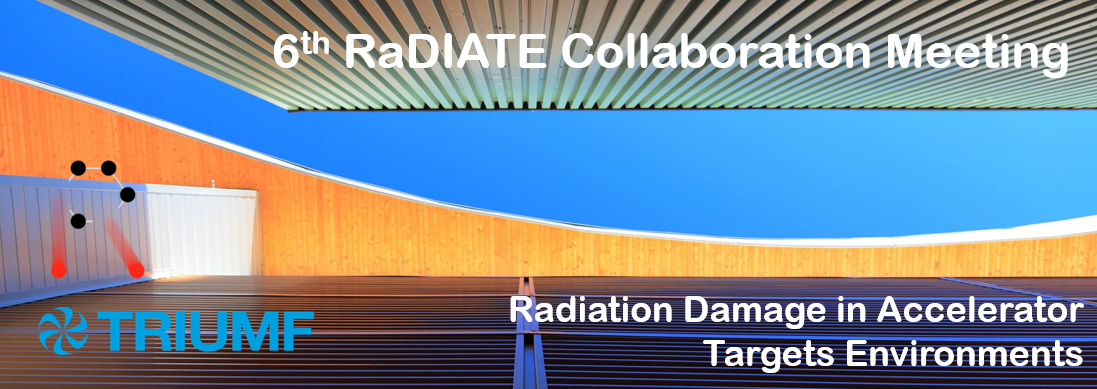Speaker
Dr
David Senor
(Pacific Northwest National Laboratory)
Description
Currently titanium alloys are used as beam windows in several accelerator facilities due to favorable beam interaction properties, high tensile strength, and high fatigue strength. The T2K neutrino beam-line currently uses the alpha+beta alloy Ti-6Al-4V as the material for its primary beam window and target beam window. Planned upgrades to the accelerators to 1.3 MW will require pushing the windows closer to their operational limits. Likewise, the Long Baseline Neutrino Facility (LBNF) facility, under design for 1.2 MW primary proton beam power at Fermilab, is planning to use this Ti alloy as the downstream target containment beam window. However, relatively little is known on how this common Ti alloy is affected by high energy proton irradiation. Understanding these radiation damage effects on this Ti-base alloy and others will lead to accurate lifetime prediction, more robust multi-MW targets, and development of new materials to extend target lifetimes.
The presentation will include the latest post-irradiation examination results on a variety of Ti-base alloy samples irradiated in the BLIP facility to three different fluences. Materials include different varieties of Ti-6Al-4V, Ti-3Al-2.5V, Ti-5Al-2.5Sn, and the beta-Ti alloy Ti-15V-3Cr-3Sn-3Al. Tensile test results will be discussed, including data at room temperature and 200°C. Microscopy will also be discussed, including results from SEM/EBSD and TEM. The SEM/EBSD results will be correlated to the extent possible with nanohardness measurements made via atomic force microscopy. Finally, updates will be provided on interactions with other laboratories including shipping irradiated fatigue samples to Fermilab and meso-scale fatigue foils to the Culham Centre for Fusion Energy.
Primary author
Dr
David Senor
(Pacific Northwest National Laboratory)
Co-authors
Dr
Andrew Casella
(Pacific Northwest National Laboratory)
Dr
Dan Edwards
(Pacific Northwest National Laboratory)
Mr
Ramprashad Prabhakaran
(Pacific Northwest National Laboratory)
Dr
Shawn Riechers
(Pacific Northwest National Laboratory)

